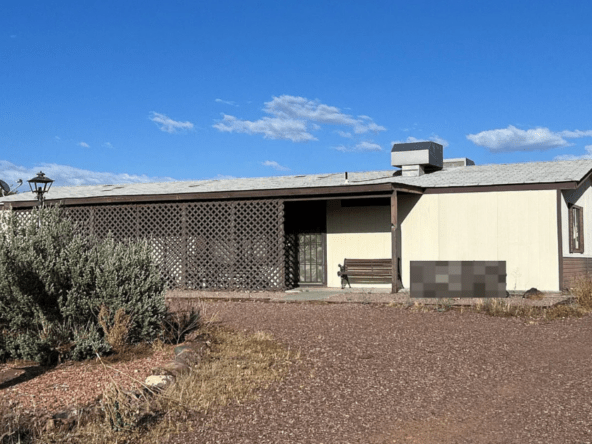There’s no getting around it: financing a home can be full of acronyms and jargon. So, how do you sift through all the language to understand your loan options?
Your lender is an invaluable resources when you have questions about your mortgage application or loan. But to give you a head start, here is a primer on two facets of your potential new mortgage you’ll need to understand in order to compare loans.
Loan term. This is pretty straightforward. It simply refers to the number of years you have to repay your loan. Your decision on whether you choose a 30-year, 15-year or other mortgage term will impact the size of your monthly principal and interest payment, the amount of interest you’ll pay over the life of the loan and potentially your interest rate.
In general, the longer your loan term, the more interest you’re likely to pay. Shorter-term loans, on the other hand, have higher monthly payments, though you will save money over the life of the loan. That’s because the interest rate is usually lower for shorter-term loans and of course, you aren’t making as many payments.
One thing homebuyers don’t always realize is that interest rates can vary among lenders, especially if you are focused on a shorter-term loan. When comparing loan terms among lenders, always compare only official loan offers, known as loan estimates.
Interest types. You’ll find basically two types of interest rates, fixed and adjustable. A fixed rate is lower risk because your rate stays the same throughout the life of your loan. That means your monthly principal and interest payment will be consistent throughout the loan. However, the rate is often higher than an adjustable rate mortgage (ARM).
An adjustable rate is more risky because the rate fluctuates throughout the life of the loan or at least for a certain period of time. The rates are lower, and after an initial fixed rate period, you interest rate will go up or down, based on the market. That means your monthly payments will increase and decrease over time.
You may be wondering, if adjustable rate mortgages carry more risk, why would you consider taking one out? Certainly, the lower interest rate is the main reason.
Most adjustable rate mortgages have two periods. During the first, the interest rate does not fluctuate. But during the second period, your rate will go up and down with the market, though often there is a cap on how high it can go.
If you are likely to move before the initial fixed term of the adjustable rate mortgage is complete, you may get a better rate.
Unlisted Homes For Sale
Off market homes you will not find anywhere else. Get access to incredible deals.
Amplify Your Profit Potential in North Phoenix
- Asking $250,000
- Beds: 3
- Baths: 2
- 1352 sqft
- Mobile Home
Investor Alert: Great Deal in Goodyear
- Asking $195,000
- Beds: 3
- Baths: 2
- 1248 sqft
- Mobile Home
Exceptional Pre-Foreclosure Investment Opportunity in Tolleson
- Asking $325,000
- Beds: 4
- Baths: 2
- 1889 sqft
- Single Family Home
Transformative Potential with Outstanding Profit Margins
- Asking $275,000
- Beds: 2
- Baths: 2
- 1457 sqft
- Single Family Home
Seize the golden opportunity for a quick flip in Mesa
- Asking $350,000
- Beds: 4
- Bath: 1
- 1660 sqft
- Single Family Home
Profit in Scottsdale’s Prestigious Eagle Point
- Asking $450,000
- Beds: 2
- Baths: 2
- 1141 sqft
- Townhouse
Profitable Flip or Rental Opportunity Awaits in Mesa
- Asking $360,000
- Beds: 3
- Baths: 2
- 1604 sqft
- Single Family Home
Low-Effort High-Return Investment in Peoria
- Asking $199,000
- Beds: 3
- Baths: 2
- 1496 sqft
- Mobile Home
Your Next High-Profit Opportunity Awaits in Laveen
- Asking $380,000
- Beds: 5
- Baths: 3
- 2616 sqft
- Single Family Home














